At the end of the consultation, all parents completed a short questionnaire. The demographic information collected reflected a largely middle to upper-middle socioeconomic profile: 64% of participants held at least a bachelor’s degree, and 59% reported household incomes above the national median. Forty-three per cent of the children were only children, and 57% had at least one sibling. Most parents (71%) had scheduled their orthodontic consultation independently, whereas 29% had been referred by a general dentist or paediatrician.
The questionnaire included items concerning parents’ expectations about orthodontic treatment and their beliefs about whether treatment was necessary. We asked about anticipated treatment duration, concerns related to comfort, cost and impact on daily routines, along with the reasons they believed that care might be needed (for example, crowding, bite problems, aesthetics, speech issues and recommendation from another provider). We also asked parents about their emotional response to the consultation (such as whether they felt reassured, worried or uncertain) and about how confident they felt about the information they had been given.
From these responses, we generated several outcome measures. Our primary behavioural outcome was whether parents chose to begin treatment within four weeks of the initial consultation, coded as a binary variable (1 = treatment initiated, 0 = not initiated). This decision served as the main end-point for evaluating whether the language used to describe treatment timing had had a meaningful effect on parental decisionmaking. We also drew the following additional outcomes from the questionnaire responses:
- how clearly parents felt the information in the consultation had been presented (1 = very unclear, 5 = very clear);
- how confident they felt about the orthodontist’s recommendation (1 = not confident at all, 5 = very confident);
- their emotional response, measured through separate ratings of reassurance and uncertainty (1 = not at all, 5 = very much); and
- the number of reasons they reported for seeking treatment, calculated by adding up selected options and coded open-ended responses.
We examined treatment initiation in relation to the terminology we used during the consultation, along with these questionnaire-based measures of communication clarity, emotional response and confidence in our treatment recommendation. We used these measures to compare the two terminology conditions and to look at patterns in treatment acceptance.
Treatment initiation by group
In the timely treatment group, 31 out of 36 parents (86.1%) initiated treatment, compared with 24 out of 36 parents (66.7%) in the early treatment group. This 19.4 percentage point difference suggests that even a small change in terminology may have had a meaningful effect on parents’ decision-making. While our in-house study was exploratory and not large enough to support formal hypothesis testing, the pattern we observed points to the important influence of how we frame treatment timing. Notably, parents in the timely treatment group chose treatment more often even though the clinical findings and recommendations were identical across both groups.
Perceived clarity and confidence
Parents in the timely treatment group also rated the consultation as clearer (mean = 4.58, SD = 0.54) compared with those in the early treatment group (mean = 4.21, SD = 0.63). Their confidence in our recommendation was likewise stronger (mean = 4.61 vs 4.15). Although both groups rated communication favourably overall, the timely treatment group showed greater consistency between what we explained and what they felt ready to act on. Open-ended comments reinforced this pattern: parents in the timely treatment group described our recommendation as “well timed” or “age appropriate”, whereas some in the early treatment group expressed doubts and felt that treatment could “wait a bit longer”.
Emotional response
When asked about their emotional response to the consultation, parents in the timely treatment group reported feeling more reassured (mean = 4.43) and expressed fewer lingering doubts or uncertainties than those in the early treatment group did (mean = 3.94). Importantly, no parent in either group reported feeling pressured or alarmed, indicating that both sets of consultations were delivered with care and that the difference came from the terminology itself rather than from how the recommendations were given.
Perceived treatment needs
Across both groups, the most common reasons parents gave for seeking treatment were crowding (63.9%), bite problems (45.8%), aesthetic concerns (30.6%) and speech issues (25.0%). However, parents in the timely treatment group identified, on average, more reasons for pursuing care (mean = 2.4) compared with those in the early treatment group (mean = 1.7). This may suggest that the timely framing encouraged parents to engage more deeply with the information we shared or that they perceived a stronger match between their child’s needs and the proposed timing of care.



 Austria / Österreich
Austria / Österreich
 Bosnia and Herzegovina / Босна и Херцеговина
Bosnia and Herzegovina / Босна и Херцеговина
 Bulgaria / България
Bulgaria / България
 Croatia / Hrvatska
Croatia / Hrvatska
 Czech Republic & Slovakia / Česká republika & Slovensko
Czech Republic & Slovakia / Česká republika & Slovensko
 France / France
France / France
 Germany / Deutschland
Germany / Deutschland
 Greece / ΕΛΛΑΔΑ
Greece / ΕΛΛΑΔΑ
 Hungary / Hungary
Hungary / Hungary
 Italy / Italia
Italy / Italia
 Netherlands / Nederland
Netherlands / Nederland
 Nordic / Nordic
Nordic / Nordic
 Poland / Polska
Poland / Polska
 Portugal / Portugal
Portugal / Portugal
 Romania & Moldova / România & Moldova
Romania & Moldova / România & Moldova
 Slovenia / Slovenija
Slovenia / Slovenija
 Serbia & Montenegro / Србија и Црна Гора
Serbia & Montenegro / Србија и Црна Гора
 Spain / España
Spain / España
 Switzerland / Schweiz
Switzerland / Schweiz
 Turkey / Türkiye
Turkey / Türkiye
 UK & Ireland / UK & Ireland
UK & Ireland / UK & Ireland
 Brazil / Brasil
Brazil / Brasil
 Canada / Canada
Canada / Canada
 Latin America / Latinoamérica
Latin America / Latinoamérica
 USA / USA
USA / USA
 China / 中国
China / 中国
 India / भारत गणराज्य
India / भारत गणराज्य
 Pakistan / Pākistān
Pakistan / Pākistān
 Vietnam / Việt Nam
Vietnam / Việt Nam
 ASEAN / ASEAN
ASEAN / ASEAN
 Israel / מְדִינַת יִשְׂרָאֵל
Israel / מְדִינַת יִשְׂרָאֵל
 Algeria, Morocco & Tunisia / الجزائر والمغرب وتونس
Algeria, Morocco & Tunisia / الجزائر والمغرب وتونس
 Middle East / Middle East
Middle East / Middle East


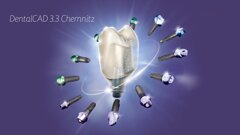


























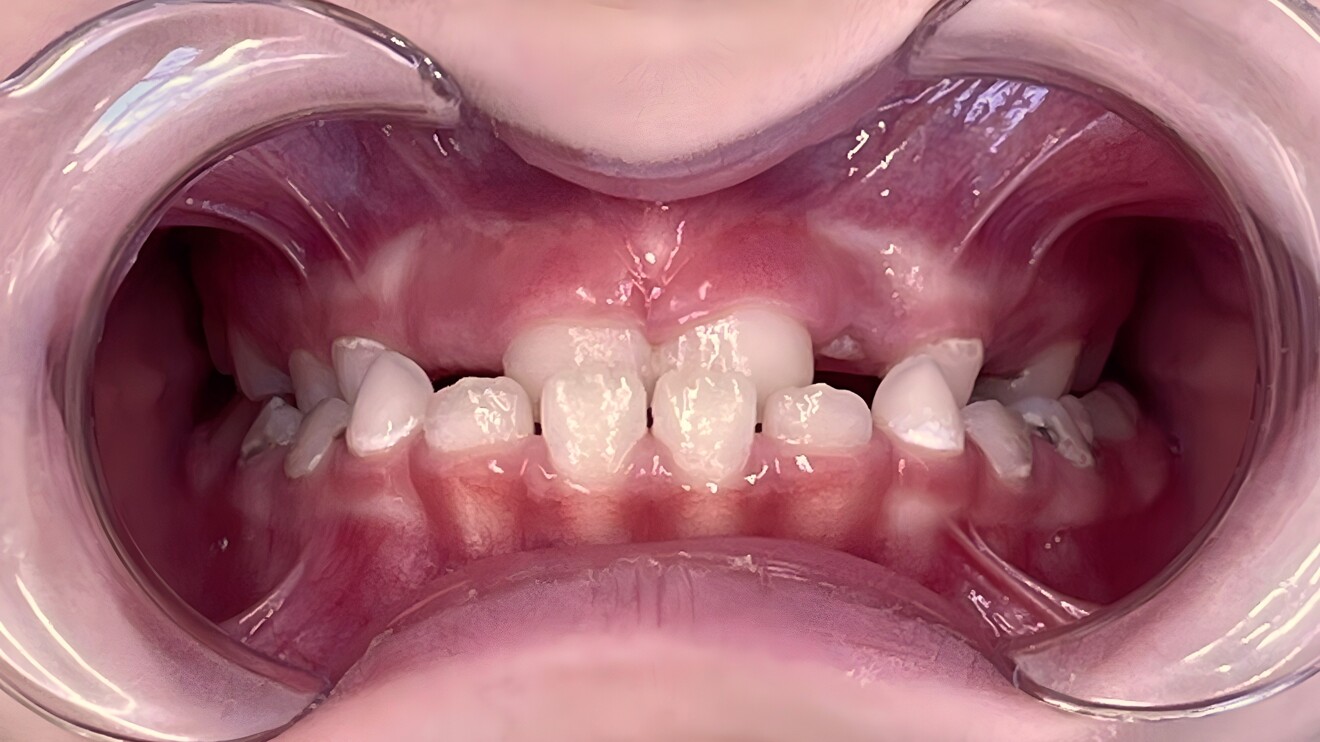
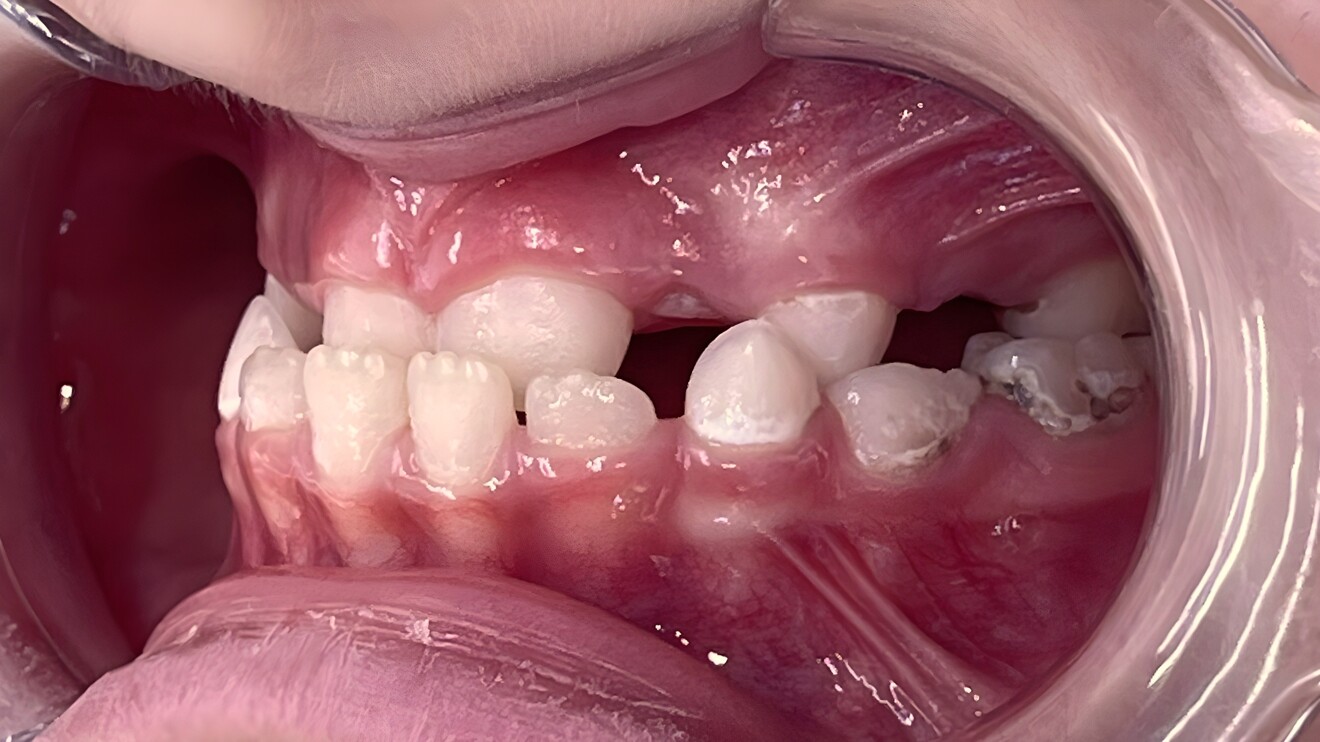






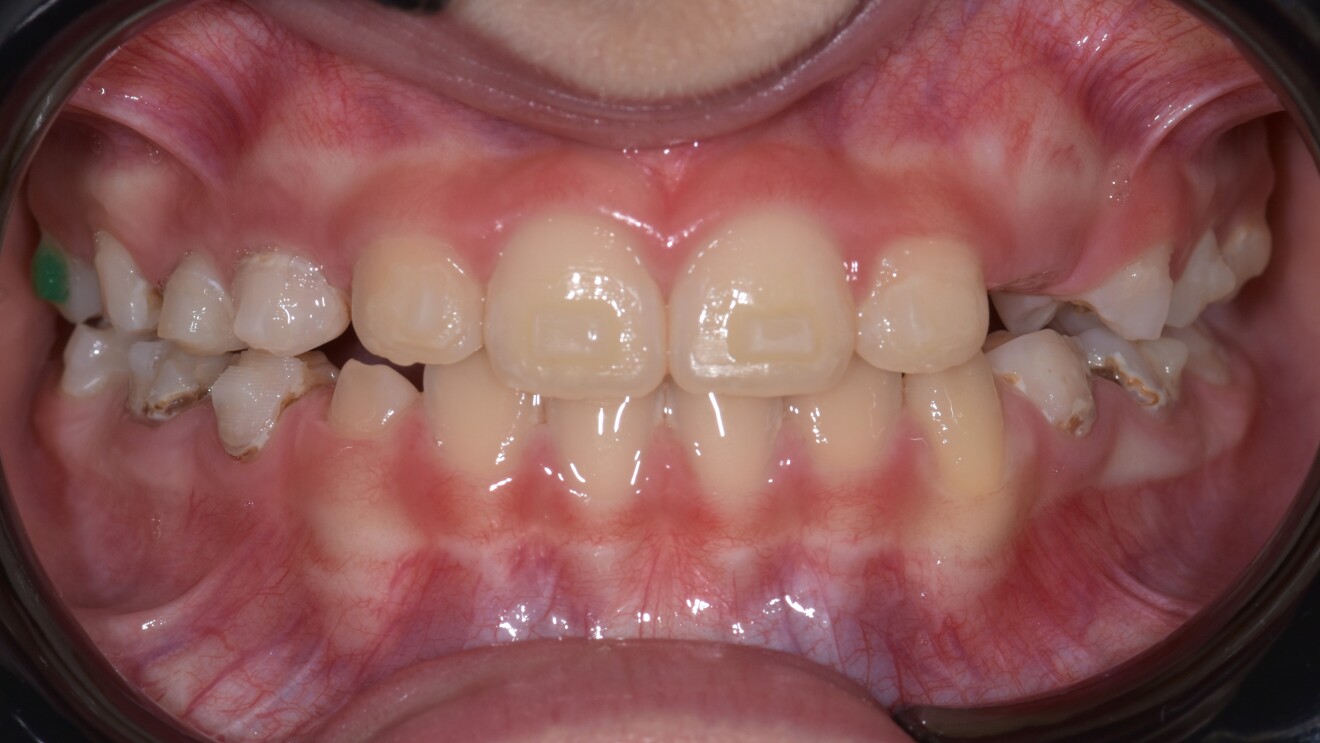
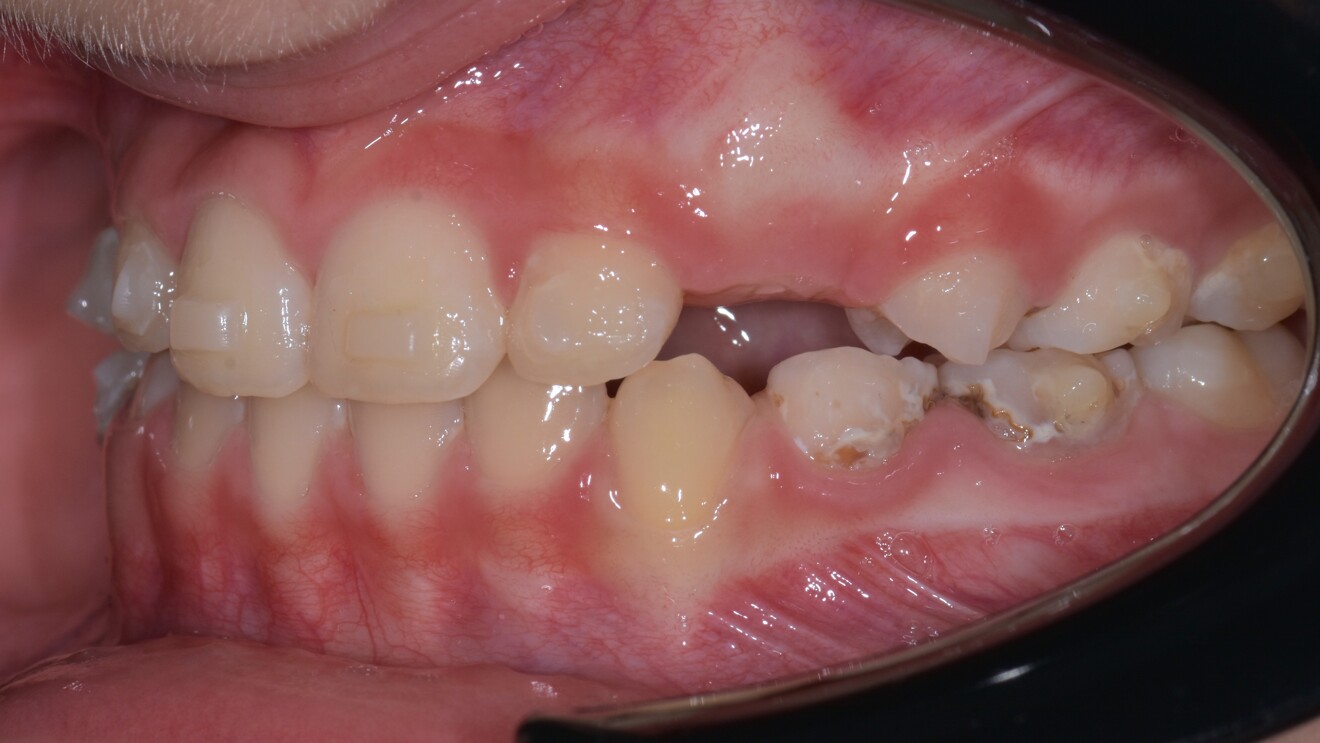




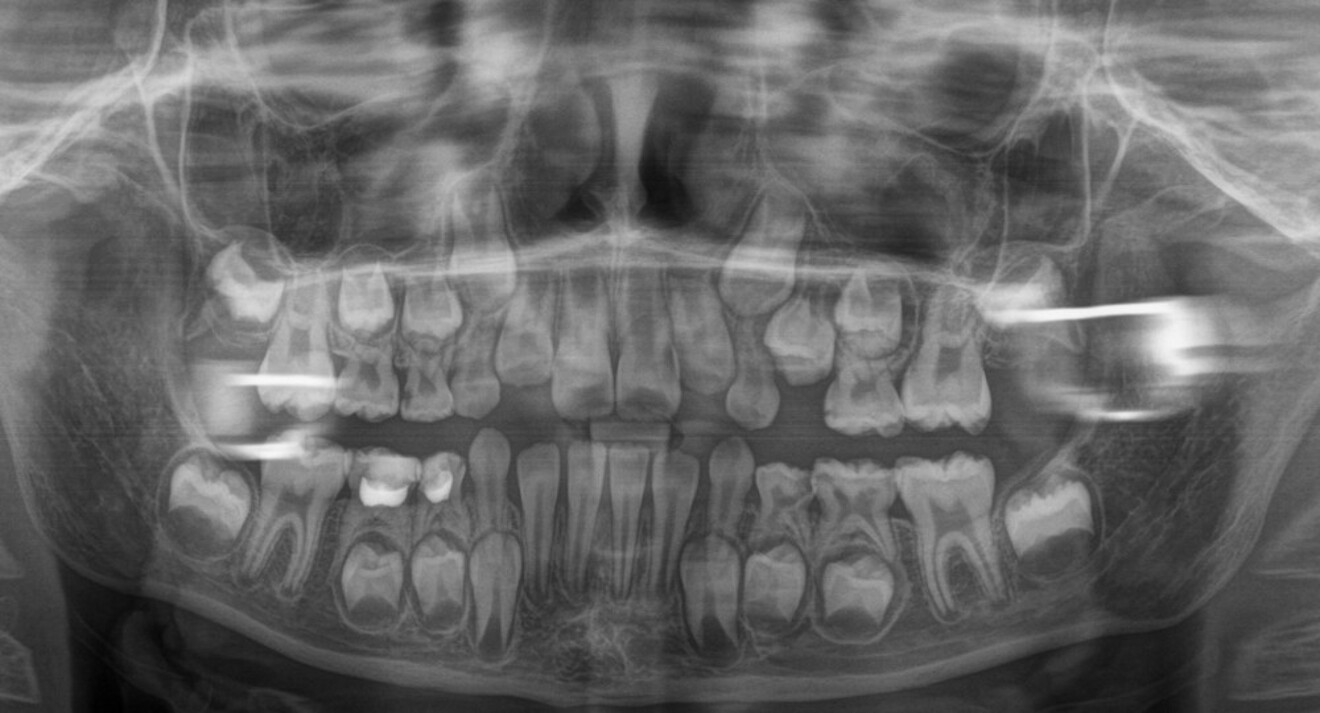






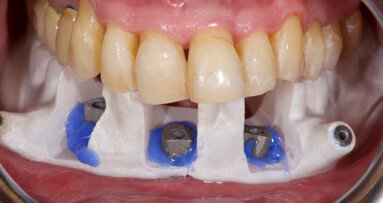

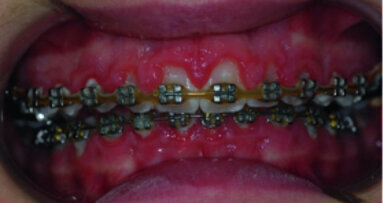





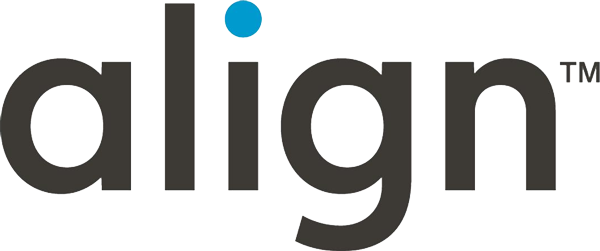
To post a reply please login or register